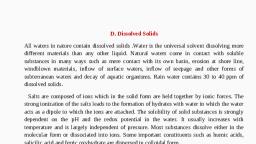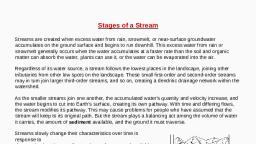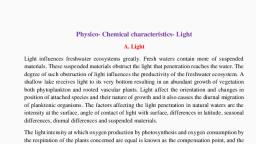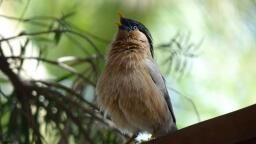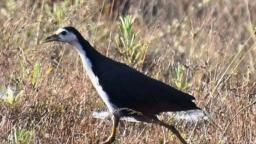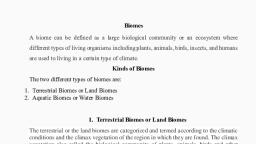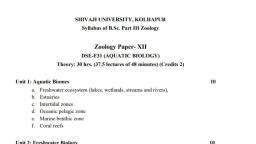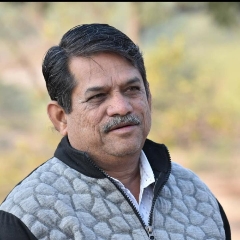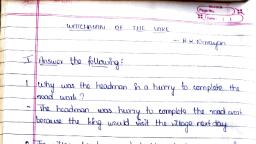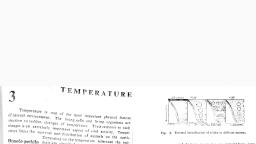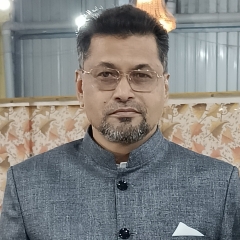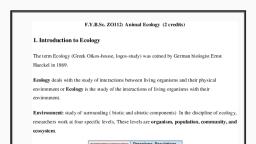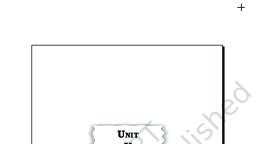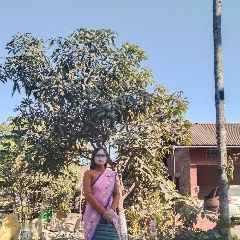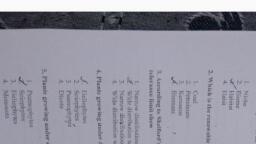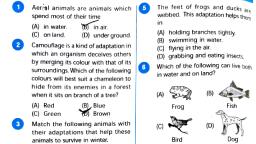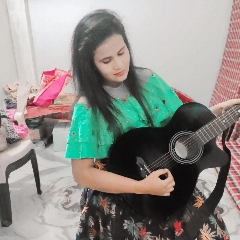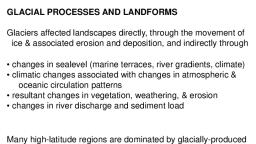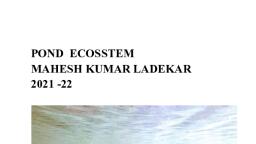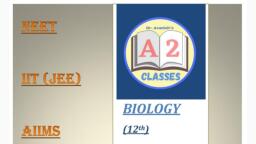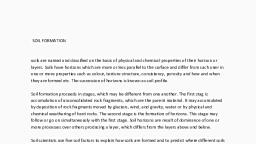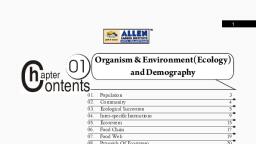Page 1 :
C. Lake stratification, Lake stratification is the tendency of lakes to form, separate and distinct thermal layers during warm, weather., Typically stratified lakes show three distinct layers,, the Epilimnion, comprising the top warm layer,, the thermocline (or Metalimnion): the middle layer,, which may change depth throughout the day, and the, colder Hypolimnion extending to the floor of the lake.
Page 4 :
C. Lake stratification
Page 5 :
C. Lake stratification, a. Epilimnion, The epilimnion or surface layer is the top-most layer in a, thermally stratified lake. It sits above the eeper metalimnion, and hypolimnion. It is typically warmer and has a higher, pH and higher dissolved oxygen concentration than the, hypolimnion., a) It is upper layer of water., b) It is warmer layer., c) The temperature of this layer fluctuates with the, temperature of the atmosphere. It will be about 27°C to 21°C.
Page 6 :
C. Lake stratification, b. Hypolimnion, a) It is the bottom layer of water., b) At this layer, water will be cool., , c) The temp is between 5°C and 7°C., d) It is a stagnant column of water.
Page 7 :
C. Lake stratification, c. Thermocline (metalimnion), a) It is the middle layer., b) The temperature is in between the temp of the upper, layer and that of the lower layer., c) It is characterized by a gradation of temperature from, top to bottom., d) It is also called transition zone
Page 8 :
C. Lake stratification, , In deeper lakes, a seasonal, thermal phenomenon occur, which is so profound and so far reaching in its influence, that it forms, directly and indirectly the substructure upon, which the whole biological framework rests, particularly, in the temperature zone. Therefore, a clear understanding, of the salient features of thermal stratification is a, necessity.
Page 9 :
C. Lake stratification, During summer, As spring advances warmer winds and sun’s radiation, increases surface water temperature. Water expands above, 4°C and thus water at the surface is lighter than, underlying colder water., Upper layers become more warm and lighter and no, mixing can takes place. Wind drives water towards, leeward and it sinks at that side which will sink down but, not reaching the bottom of the lake but will be stopped at, some intermediary level above cooler (colder) bottom, water (Hypolimnion).
Page 10 :
C. Lake stratification, Currents in the upper lake will induce a counter current which is of a, lesser magnitude in the bottom lake. At this depth, the current direction, will be towards the opposite side of the lake ie, windward side from, leeward to wind ward, sinks at this end and returns as the counter, current at this region of lake. Thus two distinct layers are seen at this, time in the lake. Between these two layers, temperature drops suddenly,, upper layer in contact with the warmer waters of upper lake which is, mixing by warmer winds and conduction., On the other hand, the lower layers of this region is in contact with the, layer which is yet to gain heat through conduction and other processes, which are themselves slow process. This separating zone between upper, lake and bottom of lake is called as Thermocline region. It is defined as a, region wherein the temperature drops by more than 1°C per meter of, depth. The term of thermocline was proposed by Birge (1897). Thus,, epilimnion / upper lake is above thermocline and bottom lake /, hypolimnion is below region of thermocline.
Page 12 :
C. Lake stratification, During winter, Cooling below 4°C will make water lighter and thus the, surface waters are lighter than the warmer but denser, subsurface water., This water floats and no sinking, cooling continuous at, surface till ice is formed at 0°C. Once ice is formed at the, surface wind has no effect as far as mixing is concerned a, period of stagnation sets in.

